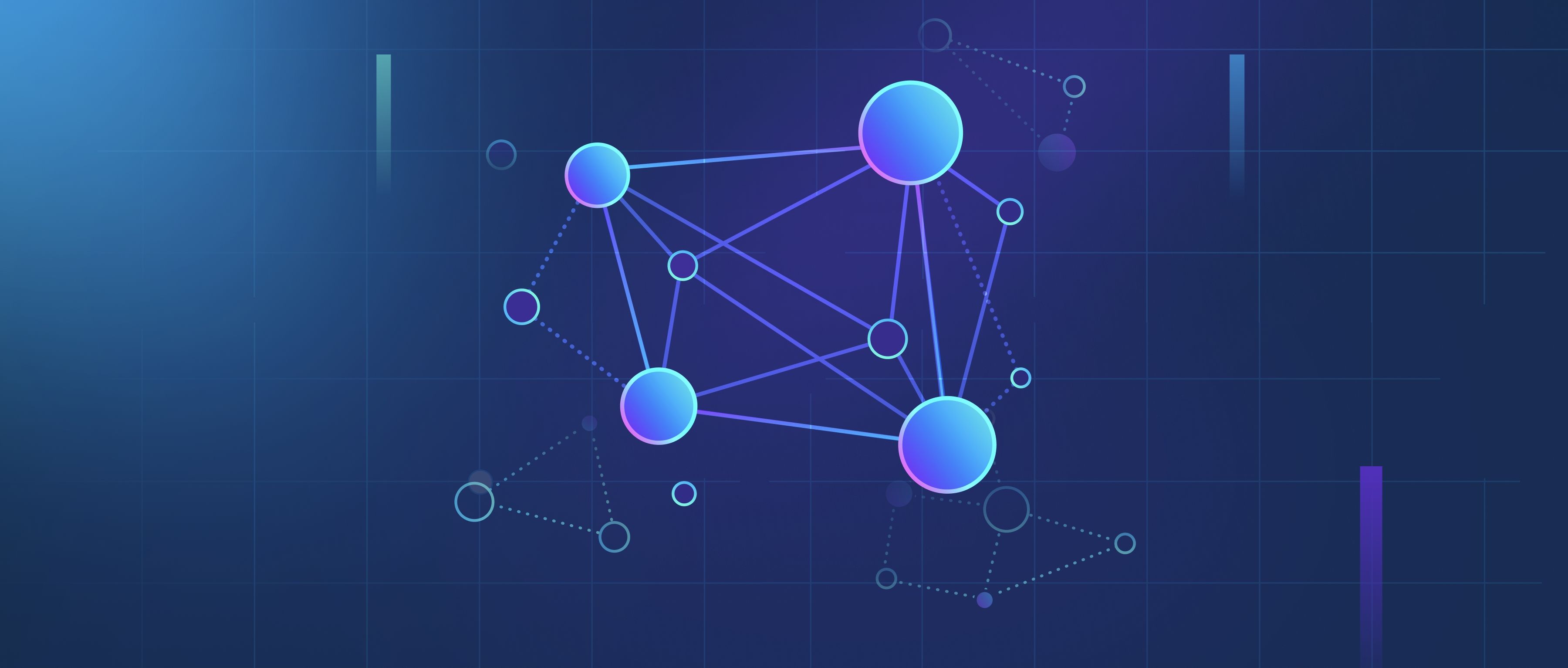Denoising score matching is an important concept in the context of diffusion modeling, which is a type of generative model used to synthesize high-quality data, such as images or sounds. In diffusion models, data is gradually transformed into noise through a series of steps, which allows the model to learn how to reverse this process. Denoising score matching provides a framework for training these models by helping to estimate the gradient of the data distribution, known as the score function. Essentially, it focuses on creating a model that can learn to distinguish between real data and noisy data, enabling it to recover the original data when given a noisy input.
To understand how denoising score matching works, consider the process of adding noise to an image. For example, if we take a clear photograph and progressively add Gaussian noise to it, we create several "noisy" versions of that image, with varying levels of distortion. Denoising score matching involves training a neural network to predict the gradient that would help transform the noisy version of the image back to the original. By comparing the model’s predictions to the known noisy versions, the model learns to estimate the direction in which the original data lies, ultimately learning a score function that is useful for generating new, high-quality images.
The use of denoising score matching within diffusion modeling allows for more stable training. Since the process of predicting how to remove noise is inherently based on the structure of the data, this method can capture complex patterns and variances present in the dataset. For example, when applied to image generation tasks, models like DALL-E and Stable Diffusion utilize this approach to create detailed images from random noise by reversing the noise process, generating coherent and meaningful visuals. This synergy between diffusion processes and denoising score matching enhances the performance of generative models, making them more capable of producing high-fidelity outputs.
